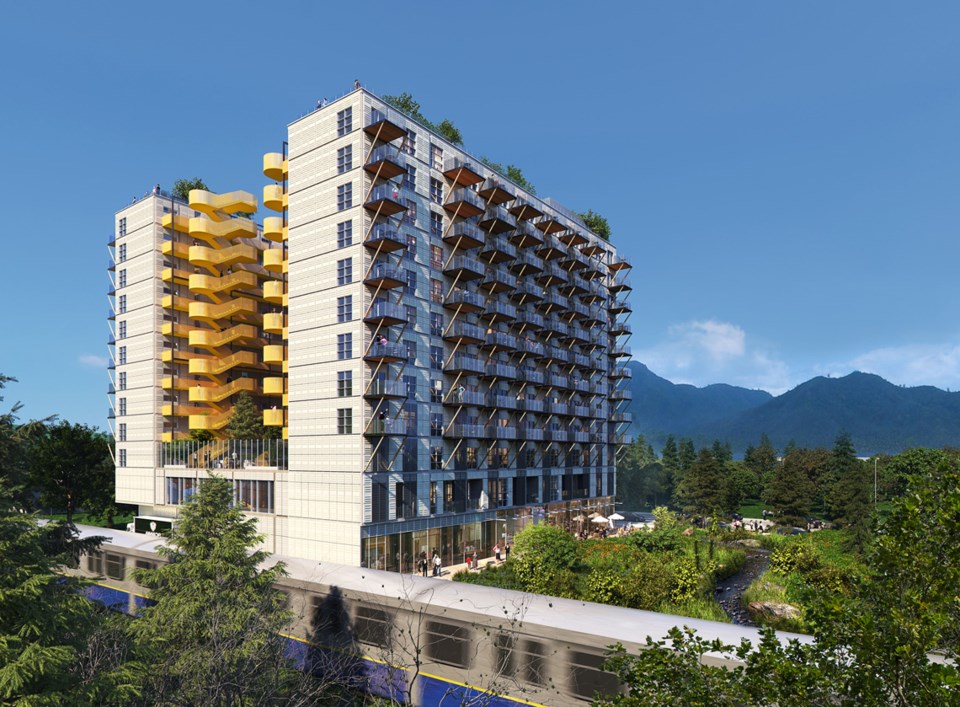Port Moody must takes steps to ensure future construction minimizes contributions to greenhouse gases.
In a report to be presented on Tuesday (Feb. 22), Coun. Meghan Lahti — who also chairs the city’s climate action committee — said the city should require any concrete used for construction be Portland limestone, which is believed to reduce carbon dioxide emissions by 10 per cent compared to traditional cement, as well as encourage the use of mass timber building techniques.
In her report, Lahti said concrete production and use is responsible for seven per cent of global carbon emissions.
But Michael McSweeney, president and CEO of the Cement Association of Canada, said the use of ground-up limestone content in the manufacturing of Portland cement instead of superheating it results in a significant savings of greenhouse gases.
He said manufacturers are always trying to decrease their carbon footprint, especially in the transportation of concrete from the plant to the worksite.
Lahti said pushing for mass timber construction could result in further carbon reductions.
She said the cross-laminated wood requires less energy to manufacture than other building materials like concrete and steel. The material is also is plentiful supply in British Columbia, mostly from 10- to 15-year-old trees, and the construction of mass timber buildings can also be done quicker than concrete and steel structures.
But, Lahti conceded, mass timber presents technical challenges that require more advance planning for electrical and plumbing infrastructure as well as building code constraints that currently limit the height of such buildings. She said city staff like building inspectors, firefighters and planners will need specialized training to deal with them.
Still, Lahti said, “there is no either/or solution for building materials. There is a role for mass timber as well as concrete and steel. The key is to specify the performance requirements and just each project based on design and its ability to meet these requirements.”
Lahti said the key to making the recommendations work will be for the city to set targets for embodied carbons in all buildings to be constructed in the city.
“This will bring about a shift in building practices in Port Moody,” she said, adding developers will have to investigate and implement the most advances building practices for their projects rather than adhere to the city’s dictation of the building materials they can use.



